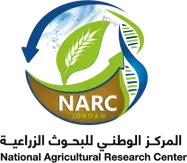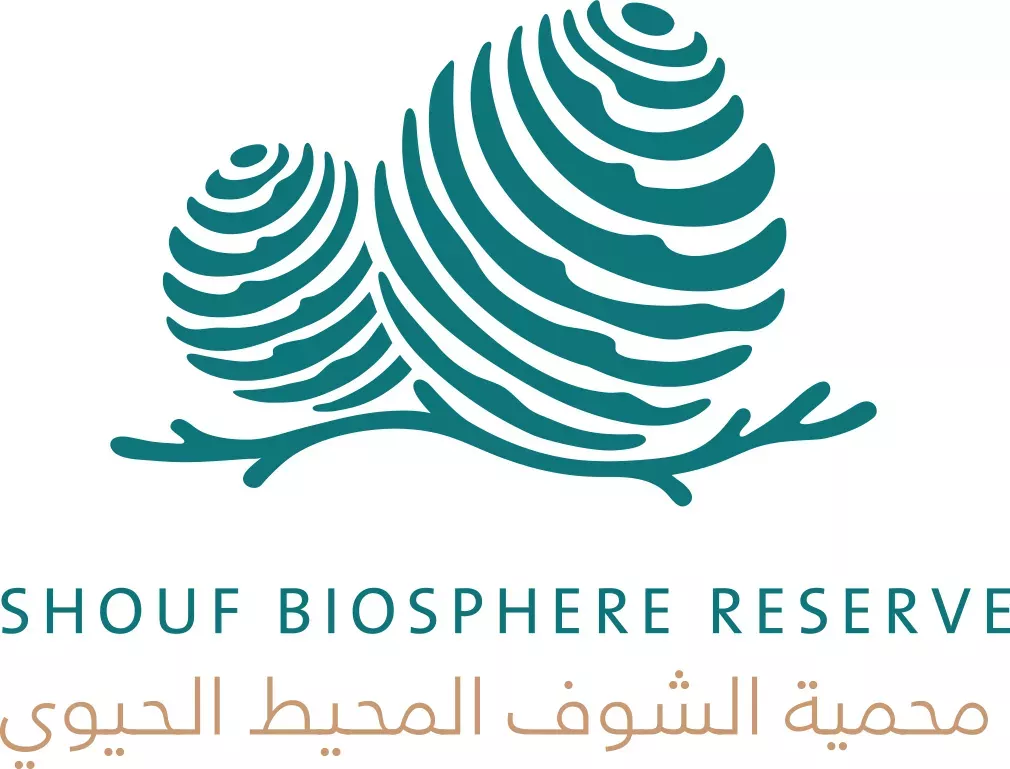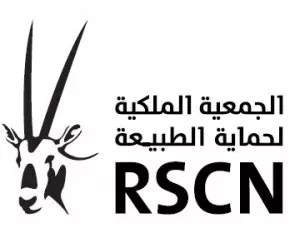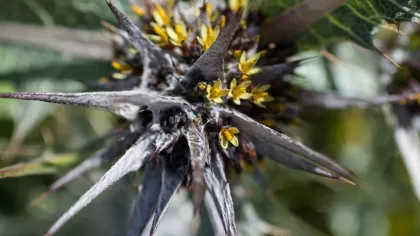Restoring the traditional Mediterranean diet through the conservation of wild edible plants
Promoting the sustainable use of the traditional Eastern Mediterranean diet, through the preservation of traditional knowledge and science-based conservation of wild edible plants in Jordan and Lebanon.

The main aim of this project is to promote the sustainable use of the traditional Eastern Mediterranean diet, through the preservation of traditional knowledge and science-based conservation of wild edible plants in Jordan and Lebanon.
The Mediterranean diet, recognized in 2010 by UNESCO as an intangible cultural heritage of humanity, is widely considered a healthy diet. It has also been recognised as a sustainable diet because of its lower environmental impact. In addition, food security is still a problem in many Mediterranean countries, particularly in the Eastern region, which has been suffering from a shortage of food supplies since the Syrian crises. Conversely obesity and being overweight are also becoming a new challenge for large sections of the population in the whole region. Unfortunately, the Mediterranean diet is “aging” or “vanishing” in that such use and knowledge of plants exists mainly in elderly rural people, with little education and lack of dissemination of knowledge. Therefore, we urgently need to preserve the cultural heritage of the Mediterranean diet as an outstanding resource for sustainable development, as it contributes to promoting local production and consumption, encouraging sustainable agriculture and safeguarding landscapes.
In Jordan and Lebanon, wild edible species are still used as part of traditional dishes which enhance dietary diversity in these countries. Some of these edible species, such as Gundelia tournefortii, are wild and collected over a very short season, by families who wish to enjoy eating the plant they remember from childhood. This practice, however, can be very popular in some regions, so much so that the plant is at risk from being over-collected and therefore suffering population decline. Many of the popular wild edible species have not been investigated, so their relevance to health and nutrition is unknown. By researching some of these species, we can provide data and knowledge for encouraging the preservation of the traditional Mediterranean diet. By looking at opportunities for these plants to be cultivated, rather than collected from the wild and broadening the food source options, we hope to enhance the food security of the Eastern Mediterranean region.
Objectives
- Assess traditional knowledge on Eastern Mediterranean wild edible plants
- Ex-situ conservation of edible Eastern Mediterranean wild plants
- Activate propagation activities of wild edible species in the local communities
- Use Eastern Mediterranean wild edible plants to restore abandoned terraces and orchards in Lebanon and Jordan, respectively
- Characterization of seed dormancy and germination requirements for wild edible species
- Model seed germination according to different climate change scenarios
- Chemically characterise wild edible species to determine their key traits for economic value and dietary range to support health and livelihoods
- Determine the chemical and genetic traits of Gundelia tournefortii, an edible species in the Mediterranean diet, to support strategies for sustainable use, conservation and food security
- Collating ethnobotanical knowledge on Eastern Mediterranean wild edible species and selecting those most important for local communities
- Field surveys and collection of material for selected wild edible species
- Research on seed germination and phytochemistry for all chosen wild edible species, and additional genetic diversity research on Gundelia tournefortii
- Promotion of research findings and products of wild edible species in the Eastern Mediterranean diet




